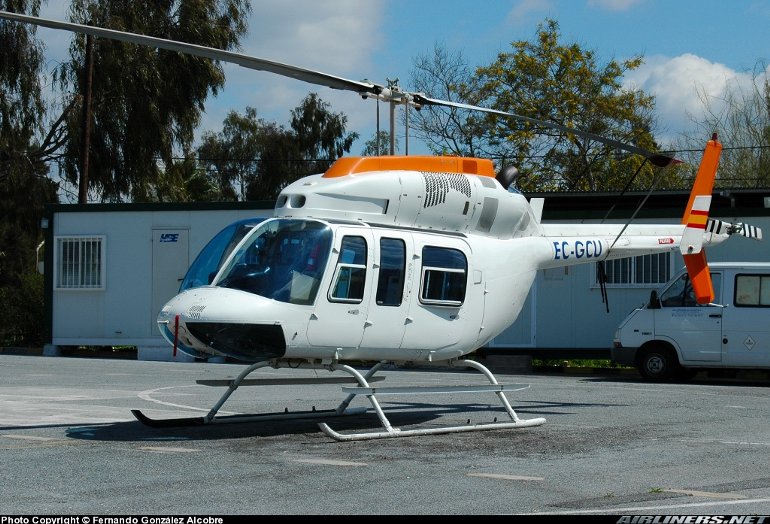Aircraft Technical Data
Bell 206LT TwinRanger & Tridair Gemini ST

| Details | |
| Country of Origin | United States of America & Canada |
| Type | Twin engine light utility helicopters |
| History | Bell's 206LT TwinRanger, is, as its name suggests, a new build twin engined development of the 206L LongRanger, while Tridair helicopters in the USA offers its twin engine Gemini ST conversion for existing LongRangers. The name TwinRanger predates the current 206LT to the mid 1980s when Bell first looked at developing twin engine version of the LongRanger. The Model 400 TwinRanger did fly (maiden flight was on April 4 1984) and it featured two Allison 250 turboshafts, the four blade main rotor developed for the military Bell 406/OH58 Kiowa and a reprofiled fuselage, but development was later suspended. The current 206LT TwinRanger is based on Tridair Helicopters' Gemini ST conversion program. Tridair announced it was working on a twin engine conversion of the LongRanger in 1989, and the prototype flew for the first time on January 16 1991. Full FAA certification was awarded in November and covers the conversion of LongRanger 206L1s, L3s and L4s to Gemini ST configuration. In mid 1994 the Gemini ST made history when it was certificated as the first Single/Twin aircraft, allowing it to operate either as a single or twin engine aircraft throughout all phases of flight. This unique certification allows it to operate with a single engine for maximum economy (for ferrying etc), with the extra redundancy and performance of a twin available when required. Bell's 206LT TwinRanger is a new build production model equivalent to Tridair's Gemini ST and based on the LongRanger IV. The first example was delivered in January 1994. The TwinRanger will be replaced by the 427 which is currently under development. |
| Powerplants | Two 335kW (450shp) takeoff rated Allison 250C20R turboshafts, driving a two blade main rotor and two blade tail rotor. |
| Performance | 206LT - Max cruising speed 217km/h (117kt), economical cruising speed 200km/h (108kt). Service ceiling 10,000ft. Hovering ceiling in ground effect 10,000ft, out of ground effect 6900ft. Range with max fuel and no reserves at long range cruising speed 463km (250nm). 206L3ST - Max cruising speed 217km/h (117kt). Initial rate of climb 1550ft/min. Service ceiling 20,000ft. Hovering ceiling in ground effect 15,800ft. Range with max payload and max internal fuel 643km (347nm). |
| Weights | 206LT - Standard empty 1246kg (2748lb), max takeoff 2018kg (4450lb), or 2064kg (4550lb) with an external sling load. 206L3ST - Empty 1175kg (2590lb), max takeoff 1928kg (4250lb) |
| Dimensions | Main rotor diameter 11.28m (37ft 0in), length overall 13.02m (42ft 9in), fuselage length 9.81m (32ft 3in), height 3.14m (10ft 4in). Main rotor disc area 99.9m2 (1075.2sq ft). |
| Capacity | Typical seating for seven, including pilot, in three rows (2+2+3). Executive configuration has club seating for four in main cabin. |
| Production | Conversions to Gemini ST configuration commenced in early 1994. Deliveries of new build 206LTs began in early 1994. Only 13 have been built but it remains available to order. |
| Related Links | Bell 206LT TwinRanger & Tridair Gemini ST |
The backbone of this section is from the The International Directory of Civil Aircraft by Gerard Frawley and used with permission. To get your own copy of the book click here. |
|








